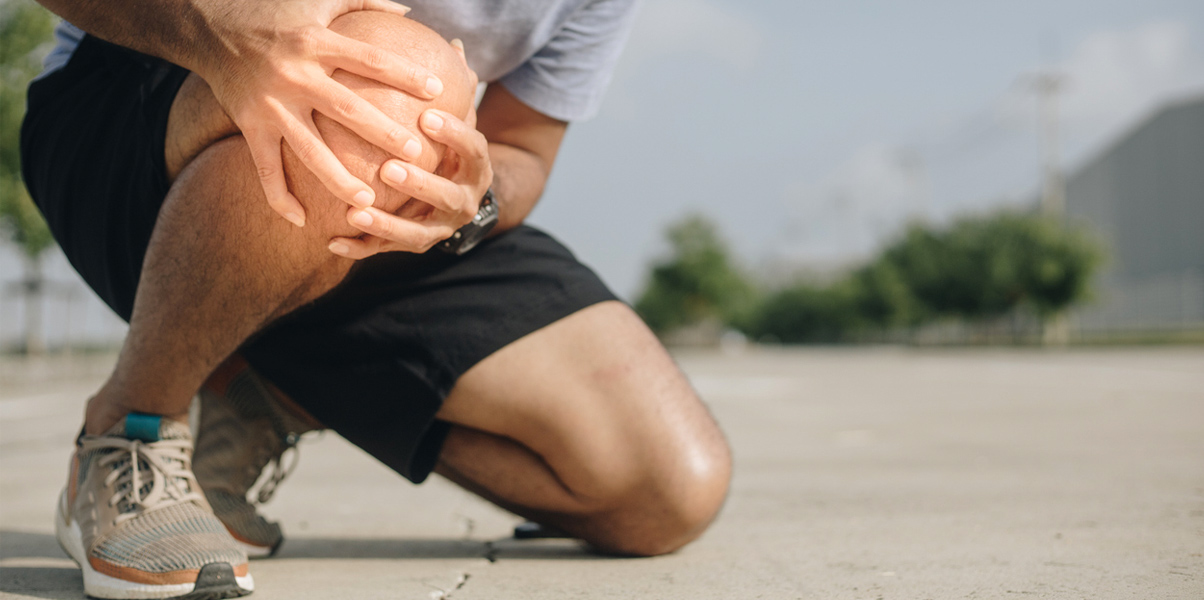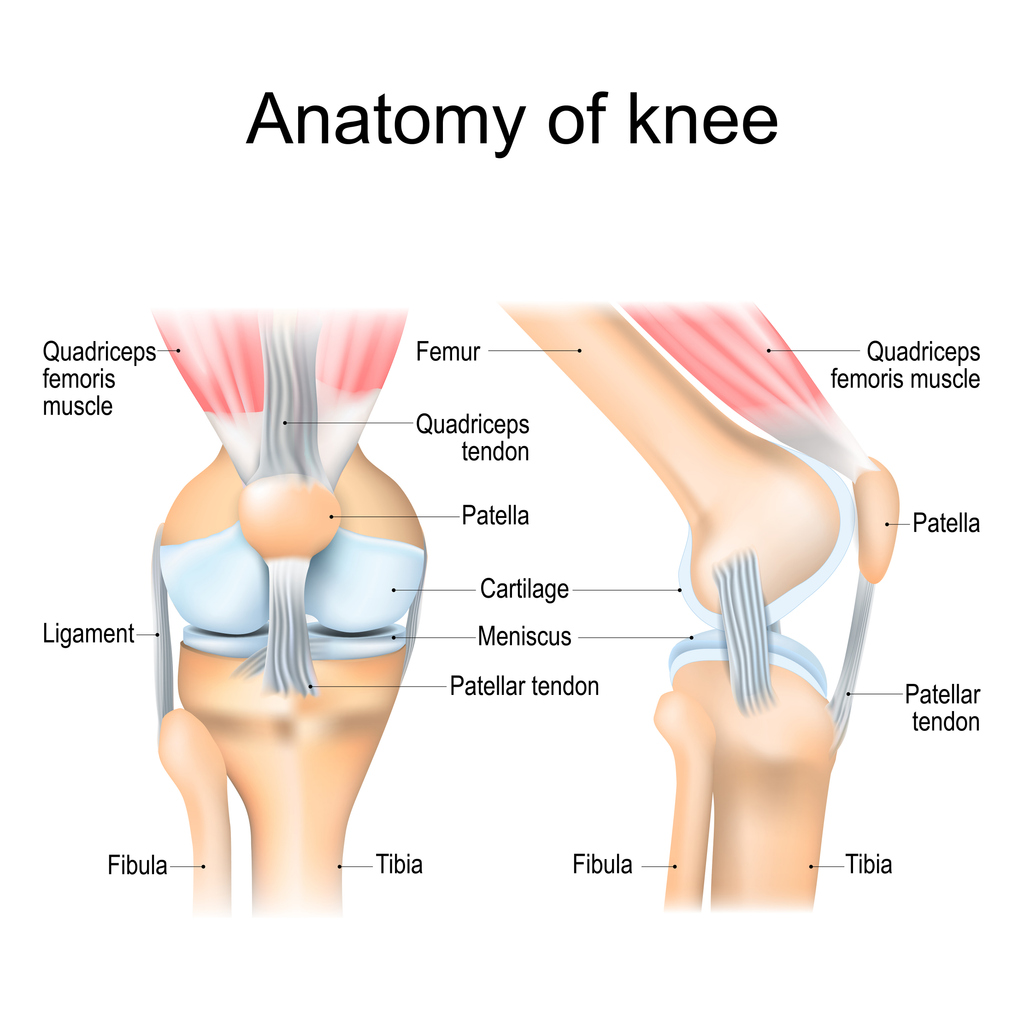Understanding and Treating Jumper’s Knee

What is Jumper’s Knee?
Patellar tendonitis, commonly known as “jumper’s knee,” is a medical condition that involves the inflammation of the patellar tendon, which connects the kneecap (patella) to the shin bone (tibia). This condition can weaken the tendon and, if left untreated, may lead to tears in the tendon. Partnering with a physical therapist can lead to better outcomes, avoiding the frustrating cycle of recurrence despite the appeal of self-management.

What causes Jumper’s Knee?
Jumper’s knee occurs due to overuse of the knee joint, particularly when engaging in activities that involve frequent jumping on hard surfaces. It is usually a sports-related injury that happens due to the leg muscles contracting during a jump and the force of hitting the ground. This condition affects about 40% of athletes involved in sports that require frequent jumping and landing. It can lead to strain on the tendon and inflammation with repeated stress.
Common Symptoms of jumper’s knee:
- Discomfort and tenderness where your kneecap connects to your shin.
- Swelling in the knee area.
- Pain experienced while jumping, running, or walking.
- Discomfort when bending or straightening your leg.
- Sensitivity behind the lower portion of your kneecap.
It is important to note that symptoms may vary between individuals. Therefore, it is always recommended to consult a healthcare provider for an accurate diagnosis.
How is jumper’s knee treated?
In order to effectively manage jumper’s knee, it is crucial to adopt a modern approach that goes beyond traditional methods. This means embracing new techniques and considering the body’s overall health. Doing so can improve their recovery and reduce the risk of future issues. Let’s dive in and learn more about managing jumper’s knee effectively.
Evolving Beyond R.I.C.E.: Embracing P.O.L.I.C.E.
Gone are the days of rigidly adhering to the rest, ice, compression, and elevation (R.I.C.E.) protocol following acute injuries. In understanding the varying stages of patellar tendon pathologies, it’s evident that all tendon injuries demand stress to allow for appropriate repair. Prolonged rest, once deemed essential, can actually induce adverse changes within tendon structure. Therefore, the modern approach advocates for protection, optimal loading, ice, compression, and elevation (P.O.L.I.C.E.), emphasizing the significance of controlled stress for effective healing.
Precision in Dosage Finding the Sweet Spot
Balancing the right amount of stress to encourage positive changes without injuring sensitive tissues is a challenging task that requires careful consideration. Simply changing the weight during exercises is not enough to find the optimal load, as many factors influence the amount of stress experienced by tendons. This stress can significantly impact long-term pain and functionality. A physical therapist can assist you through this process and help you achieve the correct dosage.
Holistic Approach: Addressing the Whole Body
You must remember to examine the rest of your body. Neglecting to assess the broader musculoskeletal system is a critical oversight in managing jumper’s knee. Studies show that limited strength and range of motion in joints above and below the knee can increase the risk of developing tendon injuries. Previous injuries and uneven training programs can affect your ankle and hip movements, leading to potential issues. If these factors are not addressed, the patellar tendon may still be at risk of injury.
Key Takeaways
In conclusion, jumper’s knee, or patellar tendonitis, affects those who engage in frequent jumping, leading to inflammation of the patellar tendon. While self-management may seem tempting, partnering with a physical therapist is crucial for better outcomes and breaking the recurrence cycle. Symptoms vary but commonly include:
- Discomfort
- Swelling
- Pain during movement.
To effectively manage jumper’s knee, it’s essential to adopt modern treatment approaches. This includes embracing the P.O.L.I.C.E. protocol, finding the right stress dosage, and addressing musculoskeletal imbalances throughout the body. By working closely with a physical therapist and implementing these strategies, individuals can optimize their recovery and reduce the risk of future injuries. Personalized care is key to long-term success in managing jumper’s knee.
When to see a physical therapist
For knee pain, try self-care measures first, such as icing the area and elevating your knee.
Find a clinic near you if your pain:
- Continues or worsens
- Interferes with your ability to perform routine daily activities
- Is accompanied by swelling or redness around the joint